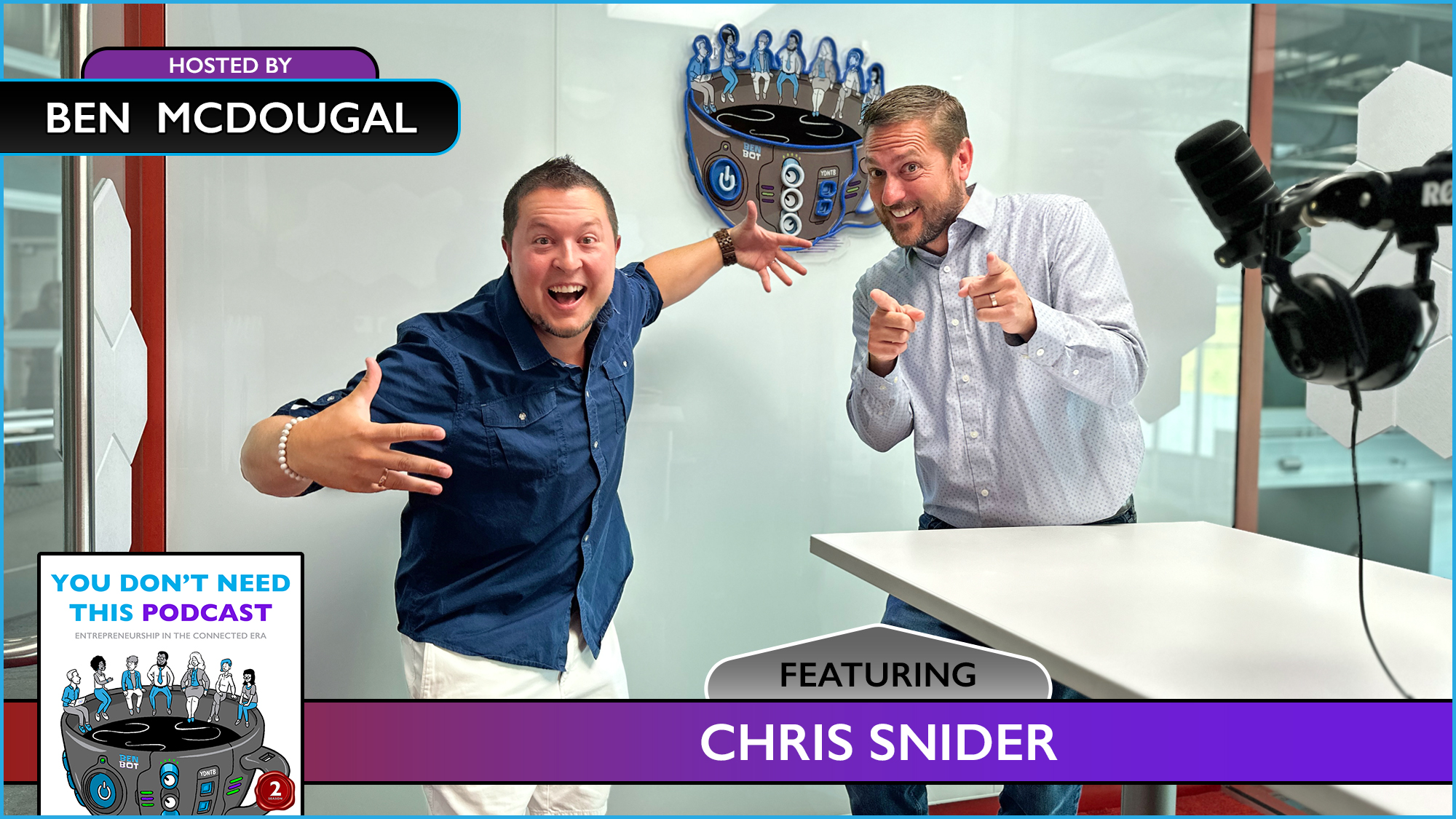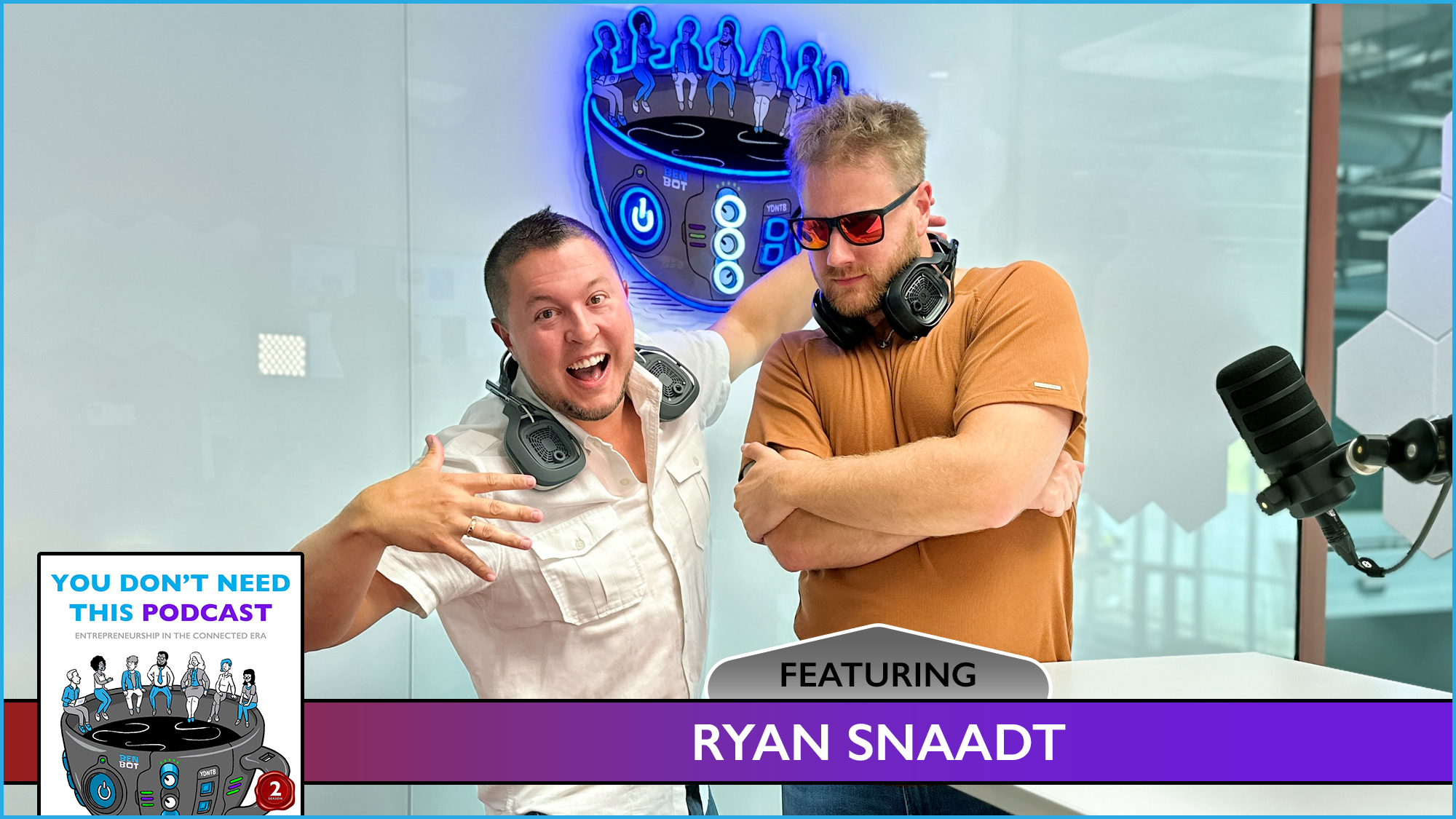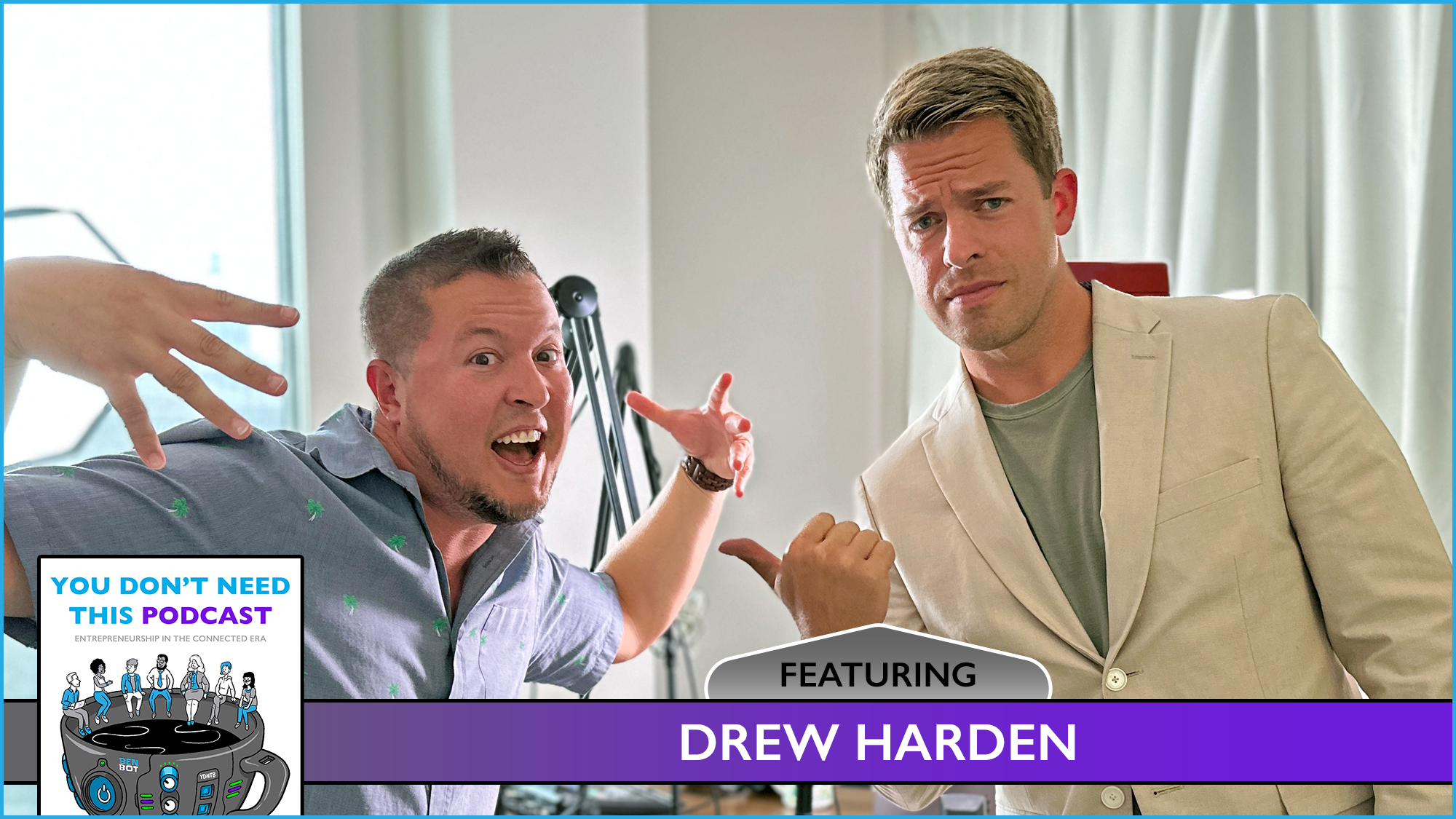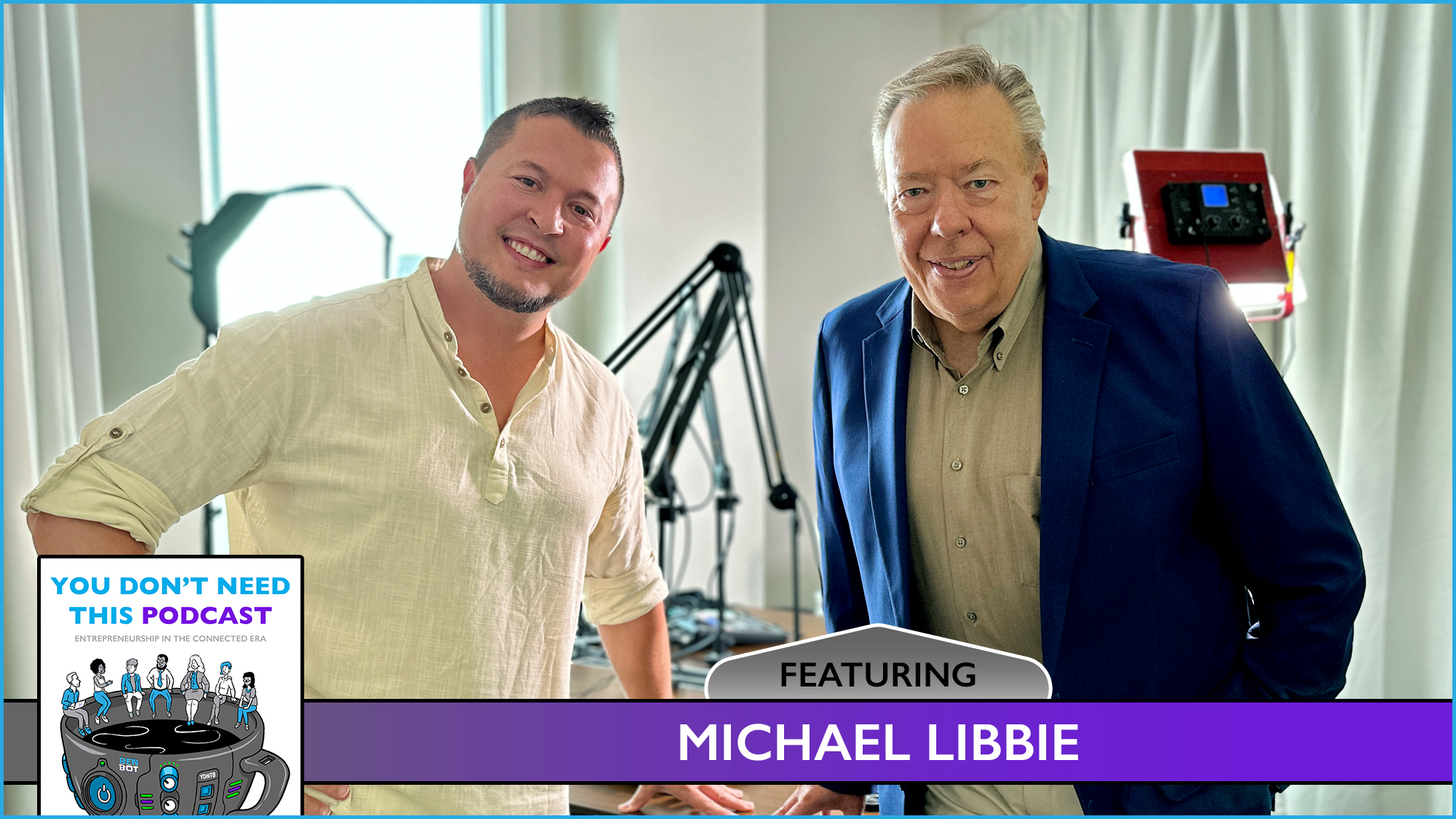
Chris Snider is an educator who helps students explore the landscape of communications. Knowing so much information is online, digital communication becomes apart of endless discussion. How does multimedia technologies flow so prevalently within marketing? Chris has been exploring the frontiers of social media and has taught at Drake University for over 15 years!
Listen as we surf the continuum of content creation. We approach the end of 2024 with this modern glimpse inside our university classrooms. Ben narrates Horizons from the Roasted Reflections library, then we jam on generative AI, intelectual humility, and emerging tools we use to connect, communicate, and collaborate.
LISTEN on APPLE PODCASTS
LISTEN on SPOTIFY
BONUS MATERIALS
http://Generative-Humans.YouDontNeedThisPodcast.com
https://BenMcDougal.com/content-creation
Reading Break from Roasted Reflections: Horizons



